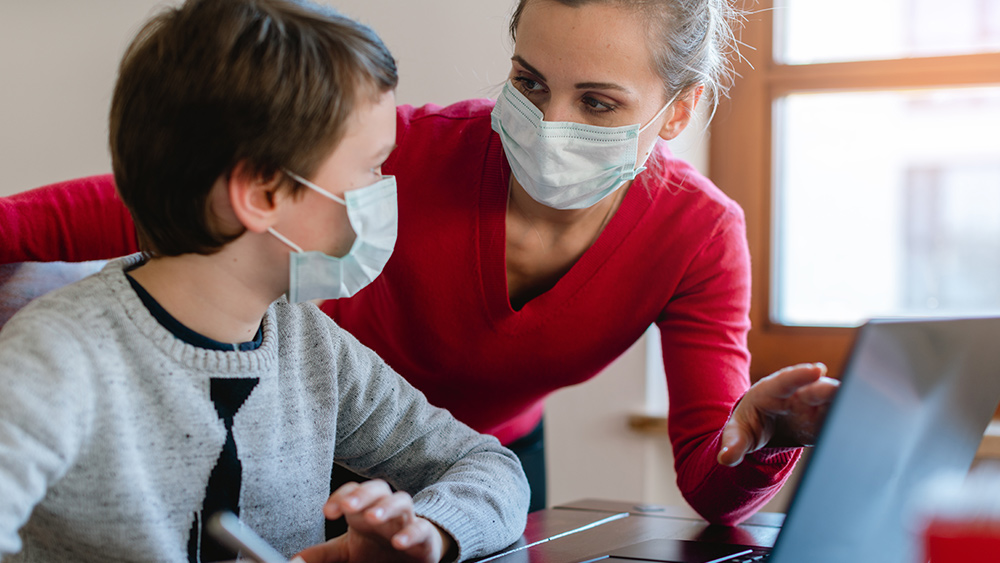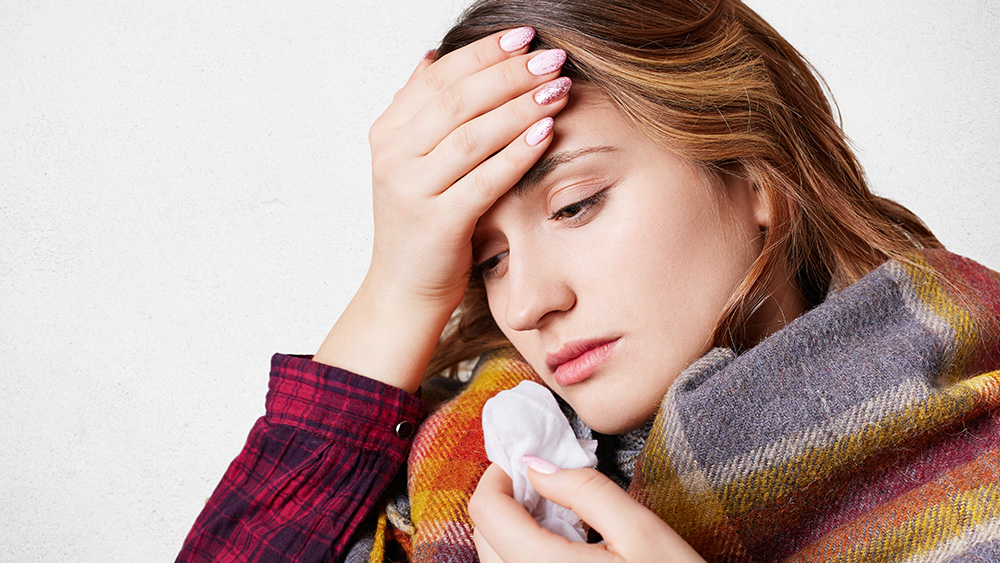
Unclear guidelines on safely resuming "normal" routines
Data on the progression of COVID-19 is constantly changing and updating, so guidelines on how to safely resume pre-coronavirus routines for survivors vary from country to country, and are even subject to changes.
To add to the confusion, the protocols can vary depending on the severity of cases.
For example, authorities in Australia have enforced three sets of guidelines: One for patients with mild cases that have recovered completely at home; another for hospitalized patients; and one for healthcare workers.
The inconsistency is confusing for patients who have no clear idea of what to do and when they are considered fully recovered. This uncertainty also fuels their anxiety.
Dr. John Gumina, chairman of family medicine at Jersey Shore University Medical Center, admits that this is "uncharted territory," which has caused problems even among medical staff.
Gumina recommends a 14-day quarantine, but he acknowledged that in some cases, patients may still feel unwell after two weeks.
Coronavirus infects a patient's lower respiratory tract. If you're infected, you may experience symptoms like cough, fever and shortness of breath. Case reports showed that COVID-19 patients may also develop complications due to pneumonia.
Less common symptoms of COVID-19 include aches, chills, nasal congestion, sore throat, headache, vomiting and diarrhea.
Lack of knowledge is frustrating for patients in recovery
Rachel Wall, a 32-year-old baker and former laboratory scientist from Denver, consulted doctors after experiencing extreme fatigue and fever, along with coughing spells. She was advised to self-quarantine at home for 10 days until she fully recovered from fever for at least 72 hours.
Wall’s quarantine ended on April 5, but she still has a cough that's so severe she can't talk properly. While staying hydrated and taking cough medicine has eased her condition, Wall says she feels her heartbeat quicken every time she stands up.
Wall plans to extend her self-quarantine to be safe, but she adds that the lack of testing and knowledge required to properly address coronavirus is frustrating for patients like her.
Mild symptoms make it hard to accurately monitor the number of infected patients
On March 12, Elizabeth Edwards, a 38-year-old venture capitalist from Cincinnati, started having trouble breathing while she was at work. After calling her doctor, she was told that she probably had COVID-19. Edwards was advised to self-quarantine for 14 days until she was symptom-free for at least three days. While at home, Edwards continued working.
Six days into her self-quarantine, Edwards was taken to the ER after her shortness of breath worsened. She said it was so intense she felt as if she was drowning.
Edwards' ER physician echoed the COVID-19 diagnosis of her doctor. After being told to self-isolate, she was also advised to get enough rest and stay hydrated.
Edwards finally listened to her ER physician: She took vitamins and drank fresh juices and water. She used a pulse oximeter to manage her stress when it was difficult to breathe.
A pulse oximeter measures oxygen saturation in the blood. According to Gumina, when the number on an oximeter dips into the low 90s and 80s, a patient is in need of immediate medical attention.
Edwards checked her device regularly to make sure the number stayed above 95, indicating that she was fine.
Her symptoms eventually eased up. She coughed up phlegm and her fever let up. In time, her energy and breathing returned to normal.
Edwards' 14-day self-isolation ended on March 26, which was the first time she felt like she could take a deep breath. A one-mile run was out of the picture, but Edwards said she felt well enough to try yoga.
Edwards noted that there was some confusion regarding her actual release date. While her doctor said that her 14-day quarantine started on March 11, she actually decided to start on March 12, when she first felt shortness of breath.
This indicates that physicians have trouble determining when the quarantine countdown should begin. Dr. Alicia Fernandez, a professor of medicine at the University of California, San Francisco and a primary care doctor at Zuckerberg San Francisco General Hospital and Trauma Center, says the confusion may continue since no one has a definitive answer.
Adding to this dilemma, researchers have yet to determine "when patients begin to be infectious, or when they cease to be."
Most COVID-19 guidelines focus on symptoms, but there are patients with symptoms so mild, they can be hard to detect.
Robert Redfield, director of the CDC, noted that at least 25 percent of infected Americans may be asymptomatic. Experts add that it's difficult to say for sure whether asymptomatic patients are infectious.
Case reports from China and the U.S. indicate that asymptomatic cases can test positive after almost a month following their initial exposure to coronavirus.
According to CDC guidelines, patients with COVID-19 can discontinue home isolation if they meet these criteria:
- They have been fever-free for at least 72 hours without the use of fever-reducing drugs;
- Respiratory symptoms like cough and shortness of breath have improved;
- At least seven days have passed since they first experienced any symptoms.
The CDC emphasized that patients should only make the decision to end their self-isolation after talking to a healthcare provider, along with state and local health departments. The agency added that “[l]ocal decisions depend on local circumstances.”
Test scarcity means patients have to wait longer for results
When Amy McKenzie, a 30-year-old mother of three from Australia, tested positive for COVID-19, local health authorities told her to self-isolate for 14 days. However, she realized that her home isolation may last even longer.
McKenzie, a mental health coordinator and healthcare provider, said she will need two consecutive negative tests to confirm that she's no longer infectious.
Because of the nature of her job, she has stricter rules on when she can safely end her self-isolation. Once her symptoms are gone, McKenzie will be required to return two negative tests for coronavirus. The tests must be taken 24 hours apart before her release.
McKenzie noted that while the recommended period of self-isolation is 14 days, patients could be in isolation for much longer due to the scarcity of tests, which slows down the confirmation of infected patients. Adding to the stress was the agonizing wait for test results.
McKenzie is currently in home isolation in Newcastle. Because of the circumstances, her children are staying with relatives. The wait for her test results means it's uncertain when she can see her kids again, something no mother wants to experience.
After more than a week since testing positive for COVID-19, McKenzie reports that her symptoms have been improving.
With all the uncertainty surrounding the circumstances of COVID-19 patients, the disease remains a global threat, which has currently infected over 1.7 million people and killed more than 100,000 worldwide.
Sources include:
Please contact us for more information.























